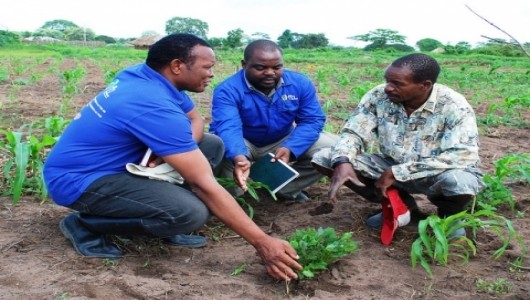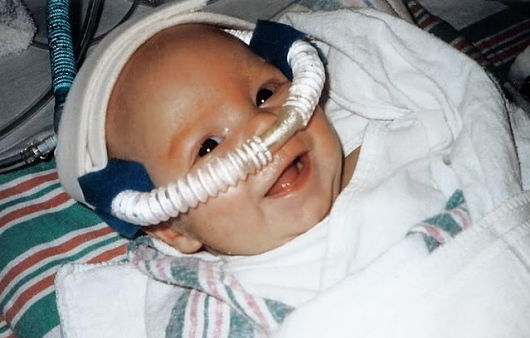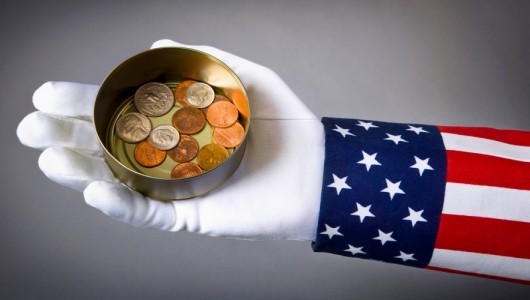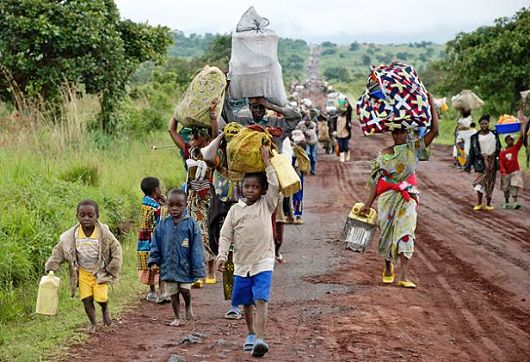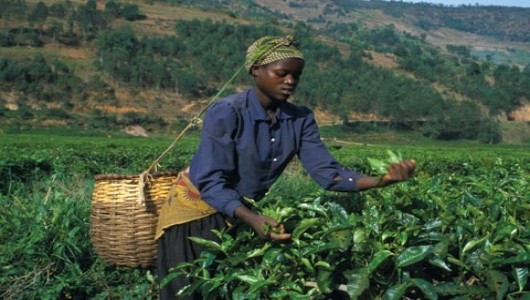Every day, over 9,000 people living in the Mitoomi-Bushangi districts of Uganda walk many miles to retrieve water that is contaminated with harmful bacteria.
The Ryan’s Well Foundation, a nonprofit dedicated to increasing clean water supply in underdeveloped communities, is working on their project, Protected Springs/Latrines and Handwashing, which will complete a series of projects that are providing clean water, latrines and education to people living in western Uganda. The project is set to establish 25 protected springs, 16 of them for primary schools, build four latrines at a local primary school accompanied with six hand washing stations, and create water committees that will provide training on how to properly wash hands and practice good sanitation. When complete, 8,100 students and teachers will have access to clean water.
In 2014, Ryan’s Well Foundation completed their Uganda: Water and Sanitation project. This project supplied 37 protected springs, prevented diseases by enhancing protection for women and youth through workshops, and increased awareness in schools about washing and hygiene. The project also provided a 25,000 liter rainwater harvesting tank, four latrines and a girls washroom, and training on maintenance and repair for the springs and tank.
With over 500 completed and ongoing projects, Ryan’s Well Foundation has successfully provided over 750,000 people in 16 developing nations. Their projects focus on raising funds to build water and sanitation systems and educating youths about the importance of water conservation and sanitation.
The foundation’s core programs include the Youth in Action Program, Getting Involved Program, and the School Challenge Program, with all three of them narrowing down on educating students in elementary and secondary level schools to practice safe and smart water habits. The organization, located in Kemptville, Ontario, Canada, was started by Ryan Hreljac in 2001.
In 1997, seven-year-old Hreljac recognized the need to provide clean water to children in Africa. With the help of his friends and family, Hreljac fundraised enough money to build a well at the Angolo Primary School in northern Uganda. Since its incarnation, Ryan’s Well Foundation has helped build more than 740 wells and 990 latrines, providing clean water to families who would normally be without.
The Ryan’s Well Foundation has open and completed projects in West Africa, East Africa and Haiti. Their primary targets comprise of Uganda, Kenya, Ghana and Tanzania. Right now they have nine active projects in Northern Togo, Ghana, Western Uganda and Burkina Faso. These projects currently revolve around providing access to clean water in primary and secondary schools.
– Julia N. Hettiger
Sources: Ryan’s Well, Gaiam, My Hero
Photo: Ryan’s Well Foundation
